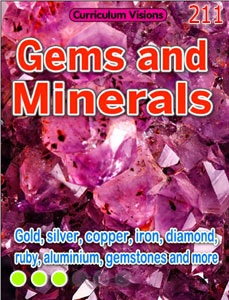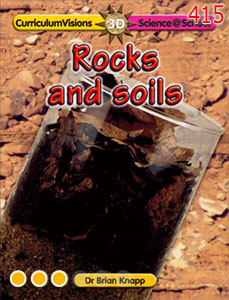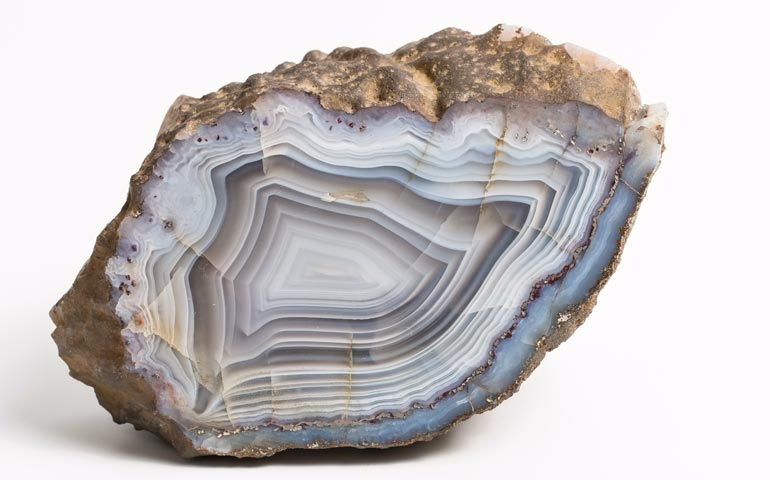Agate is a semi-crystalline variety of silica, with bright, banded colors. It is often found in volcanic rocks. The name comes from a Greek River, the Achates (in modern Sicily) because the mineral was first named in Ancient Greek times.
In ancient times many people used agate for carving even though it is very hard.
Most agates occur as nodules in volcanic rocks or ancient lavas. These lavas developed holes (cavities) and, after the lava cooled, liquids containing silica seeped into these walls and solidified, time after time, making bands (think of it like the way stalactites were formed). If iron was present the bands were colored red, with other colors being due to other elements. Agate also fills veins or cracks in volcanic and metamorphic rock which were created by magma chambers.
These 'cased' holes are harder than the original lava, and so when the lava is eroded, they come out as stones, known as nodules. They may then be washed into rivers and so on.
Many nodules are hollow, since deposition did carry on for long enough to fill the cavity. If this is the case, the inside of a nodule may have pointed crystals of amethyst.





